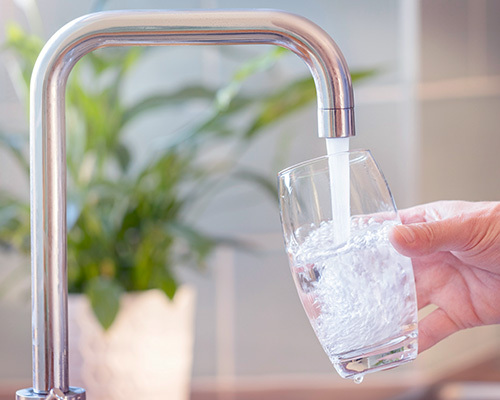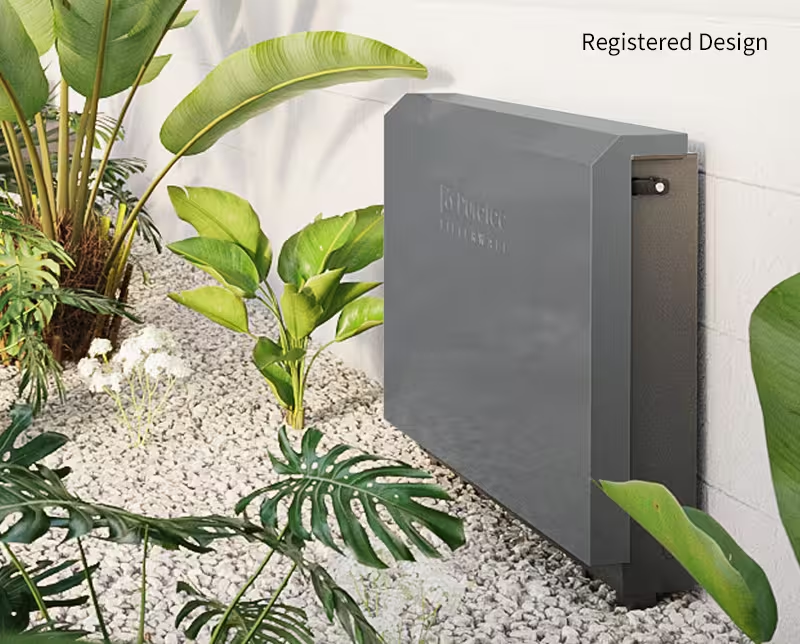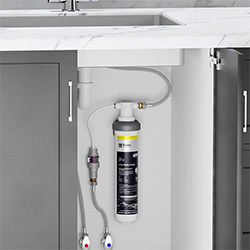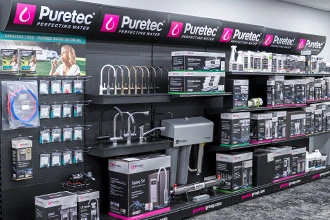For optimal protection against PFAS, we recommend combining theFilterWall F5Whole House Filtration System with theRO270Reverse Osmosis Undersink System.
FilterWall F5:A 3-stage system featuring sediment filtration and two stages of activated carbon filtration, which effectively absorb PFAS. Installing a whole house system at the point of entry means all water is filtered before entering your home. This reduces your overall chemical exposure beyond drinking water, as it treats water used for bathing, washing clothes, and dishwashing.
RO270 Reverse Osmosis System:Provides an ultra-fine filtration process that separates contaminants from water, reducing PFAS and other impurities.
Reverse osmosis is highly effective, removing up to 96% of dissolved contaminants, including heavy metals, salts, viruses, bacteria, cysts, fluoride, nitrates, chlorine, and odours.
Installing a whole house filtration system improves overall health protection, benefits skin and hair, and helps prevent sediment build-up in plumbing.




